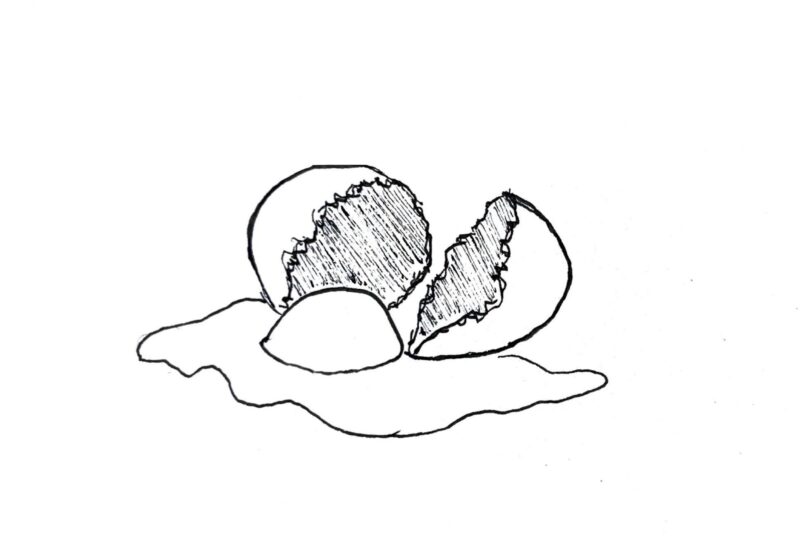With Thanksgiving less than one week away, I thought I’d share my special technique for preparing the juiciest turkey that’ll leave your guests’ mouths watering and begging for more.
Choosing the perfect piece of meat:
I know, walking into the supermarket post-Halloween can be overwhelming. Dozens of turkeys line the aisles, each with their own unique twist. Some “fresh” and “juicy,” others “plump” and “young.” Which do you choose? Do you go au naturel or frozen?
The first question you have to ask yourself is, “How big of a bird can I handle?” If this is your first time making a turkey, then I suggest starting off with a smaller one. Smaller turkeys can be easily maneuvered with one hand, fit perfectly in an average sized pan, and finish faster (cooking, that is). If you’re experienced, though, and up for a challenge, then bigger might be better.
You’ll have to pay special attention to your turkey, though, constantly keeping it wet so the meat doesn’t dry out. But since you’re familiar with how to prepare it, the rest will come naturally.
Handling your bird:
Thirty minutes to an hour before cooking it, gently take the turkey out of the fridge. Inspect your turkey thoroughly. Gaze at your turkey as you rub your warm hands up, down, and inside the bird to ensure that all the packaging has been removed.
Next, mix the dry rub ingredients in a small bowl. Lovingly grab your turkey and position it on its back. Coat your hands evenly in oil and dry rub, and deeply massage the turkey. Start by rubbing the neck. Lightly rotate your fingers for 30 seconds until the area relaxes and tenderizes.
Continuously do this as you work your way down to the breast, thighs, and legs. When you’ve reached the legs, gently open them and massage in and around the thigh area. Loosen your grip as you get closer to the hole, since the skin in that area is more sensitive to the touch.
With the legs opened and loose, dip two of your fingers in olive oil. Caress the hole in steady circular motions as to evenly coat it. When it’s moist enough to enter, grab a fistful of your dressing and generously stuff your bird. You’ll want to go in as deep as possible to ensure that you’ve hit every spot.
Heating things up
After it’s been stuffed, penetrate the thickest part of the turkey’s thigh with an instant-read thermometer. The thermometer will let you know when the turkey’s temperature climaxes in the oven.
Before inserting the turkey into the oven, cover it with a plastic oven bag. This will prevent all the delicious juices from squirting out as it cooks.
Don’t be afraid to get creative with your turkey. Some prefer to tie the legs loosely together with twine or rope to keep the meat taught as it cooks.
After you’ve baked your turkey for two to three hours, lay it on the counter to rest. It will need time to cool down and let the juices redistribute before it’s ready to be handled again.




